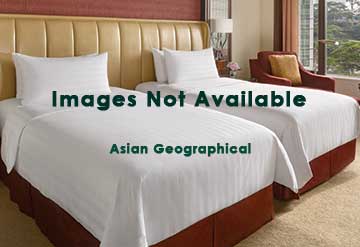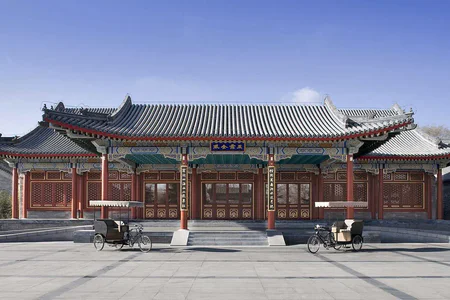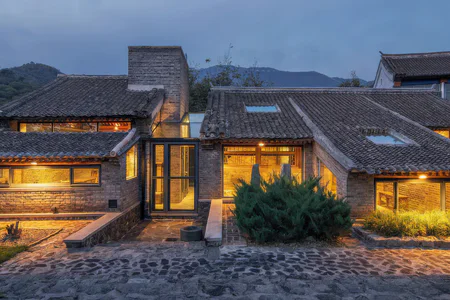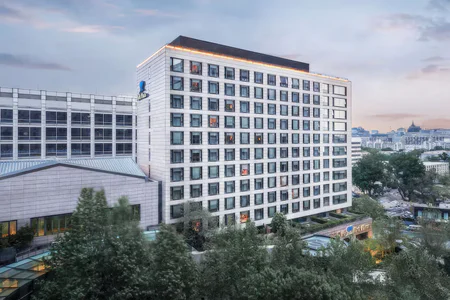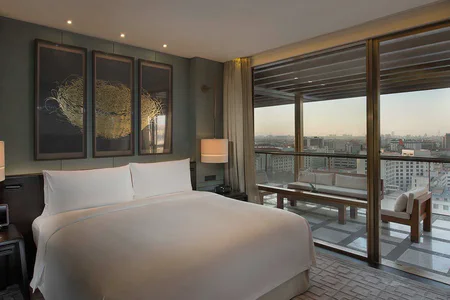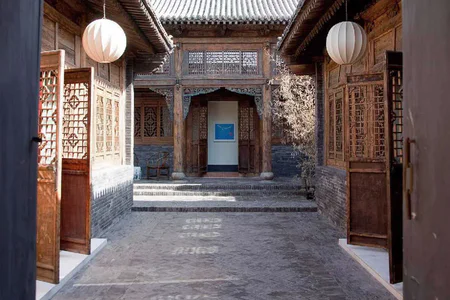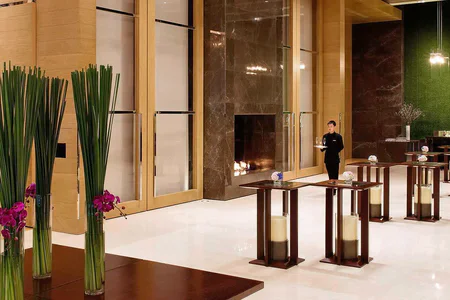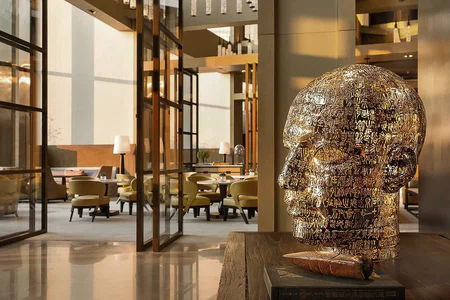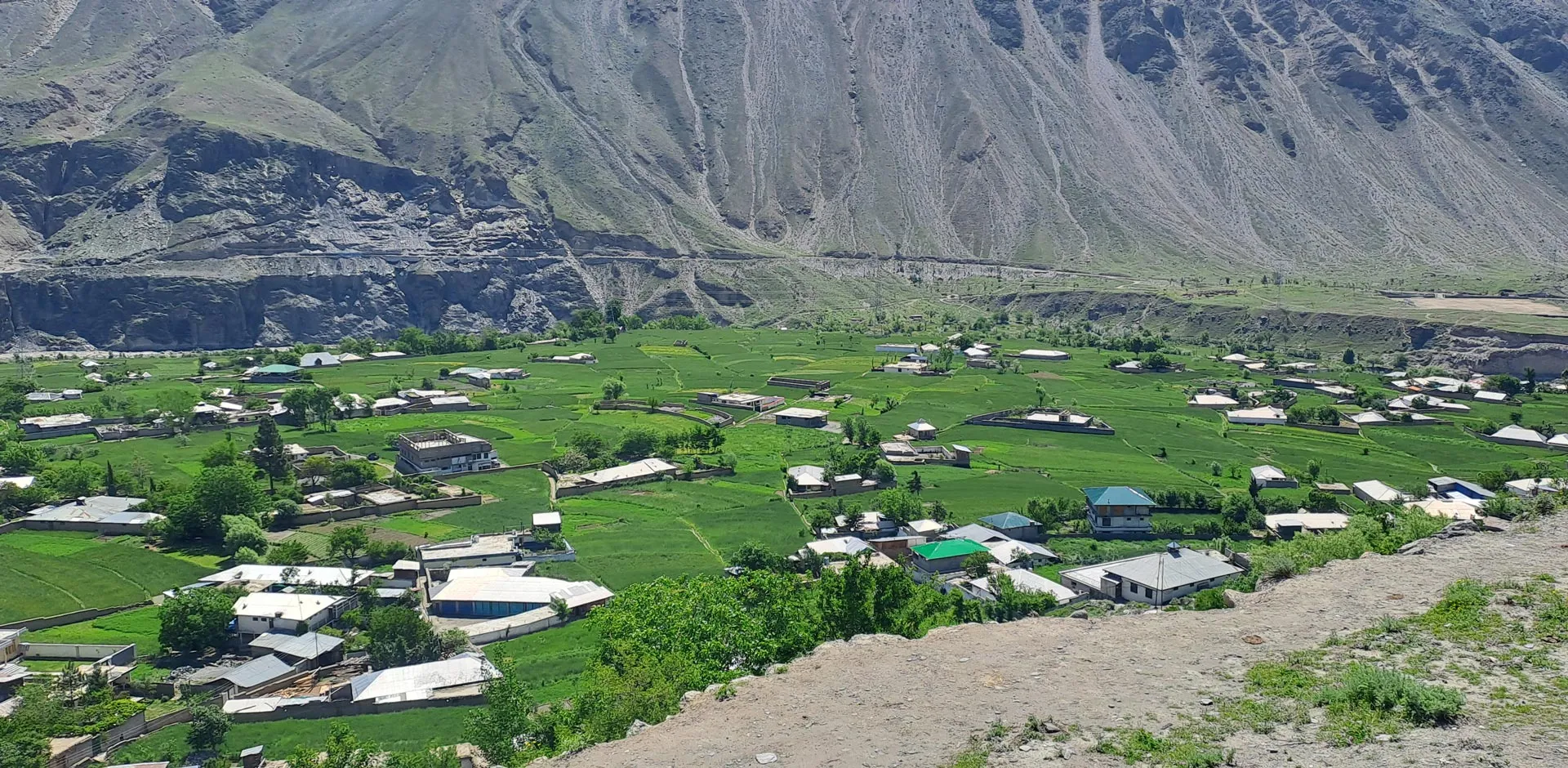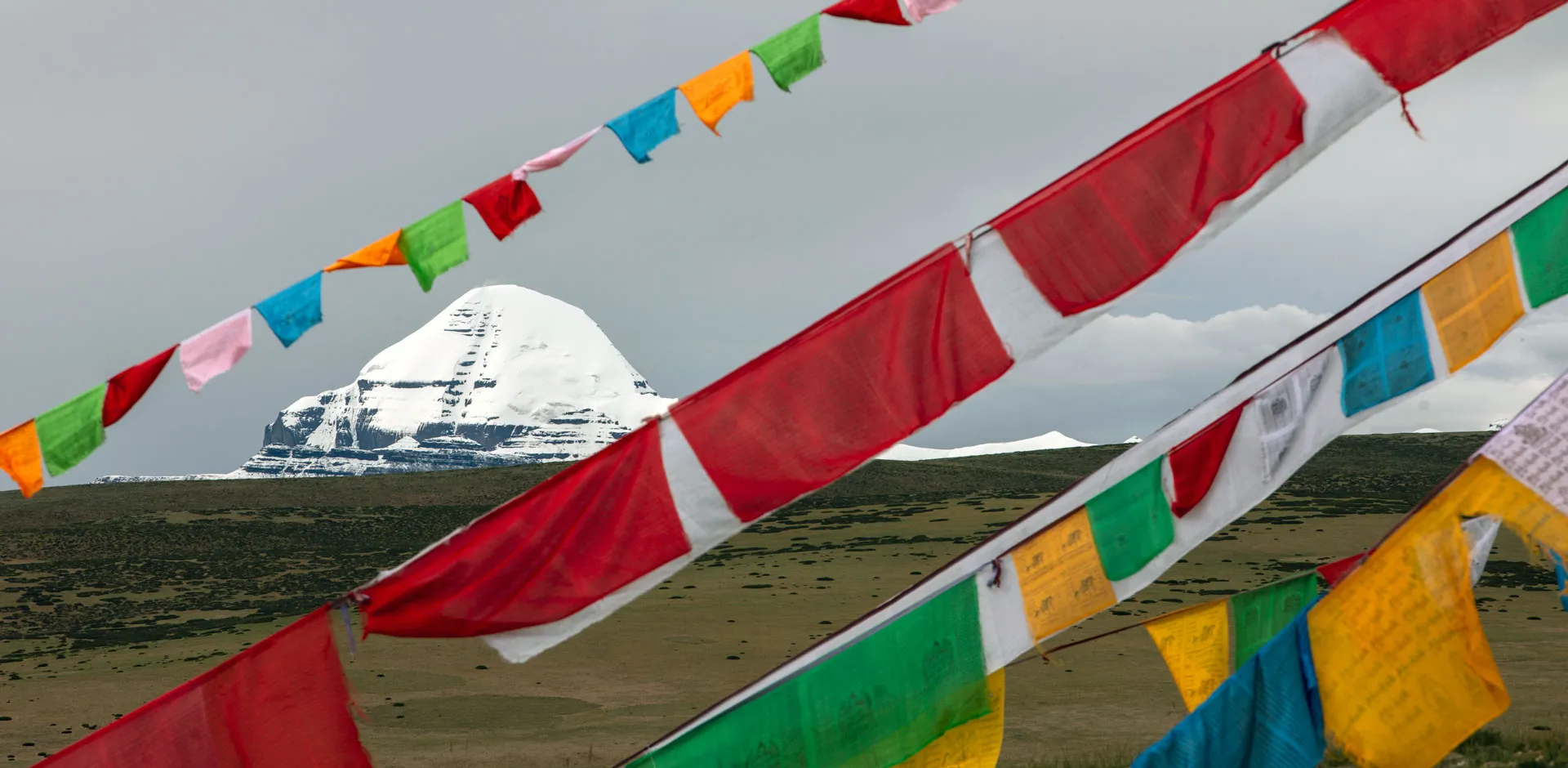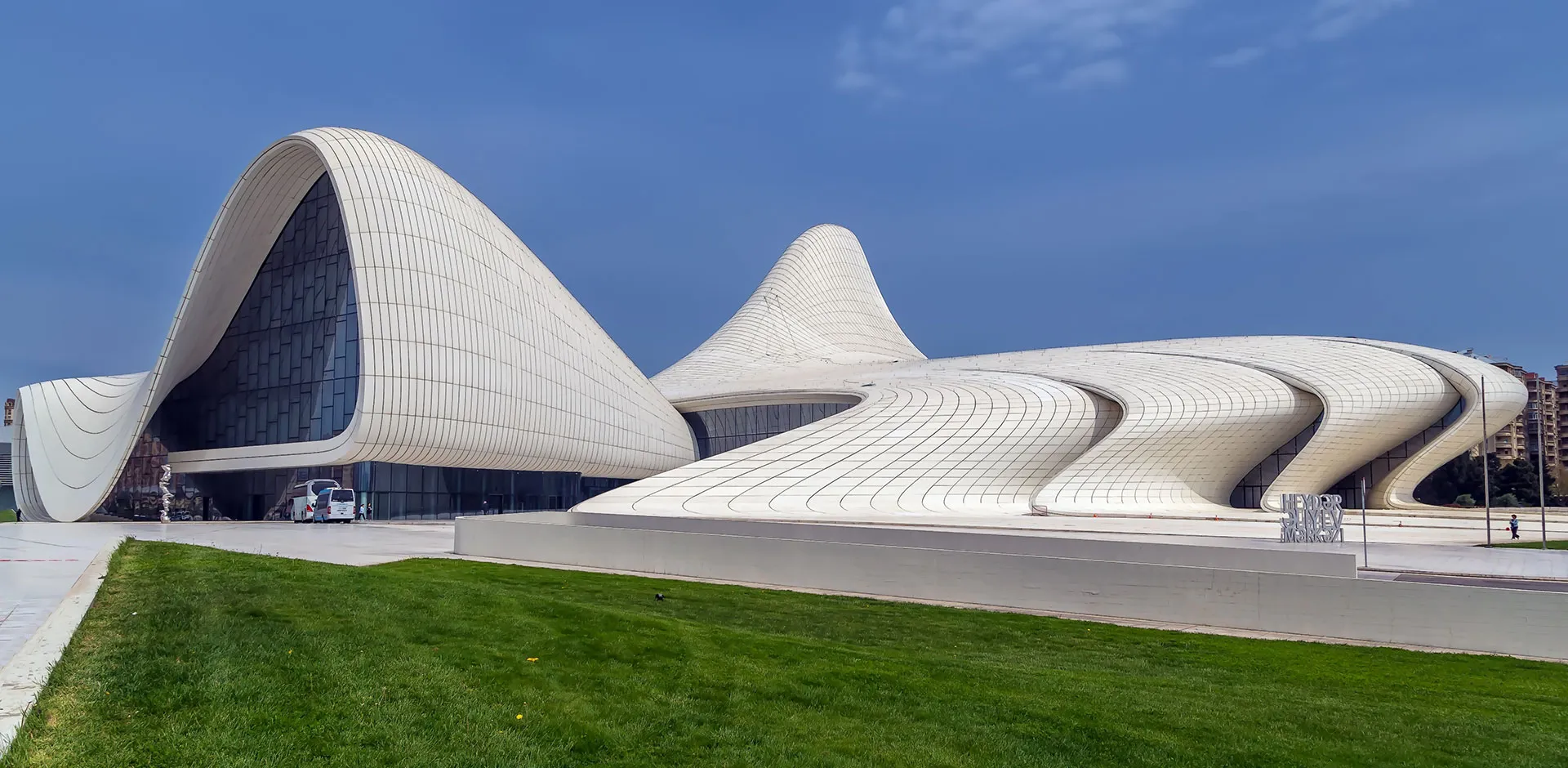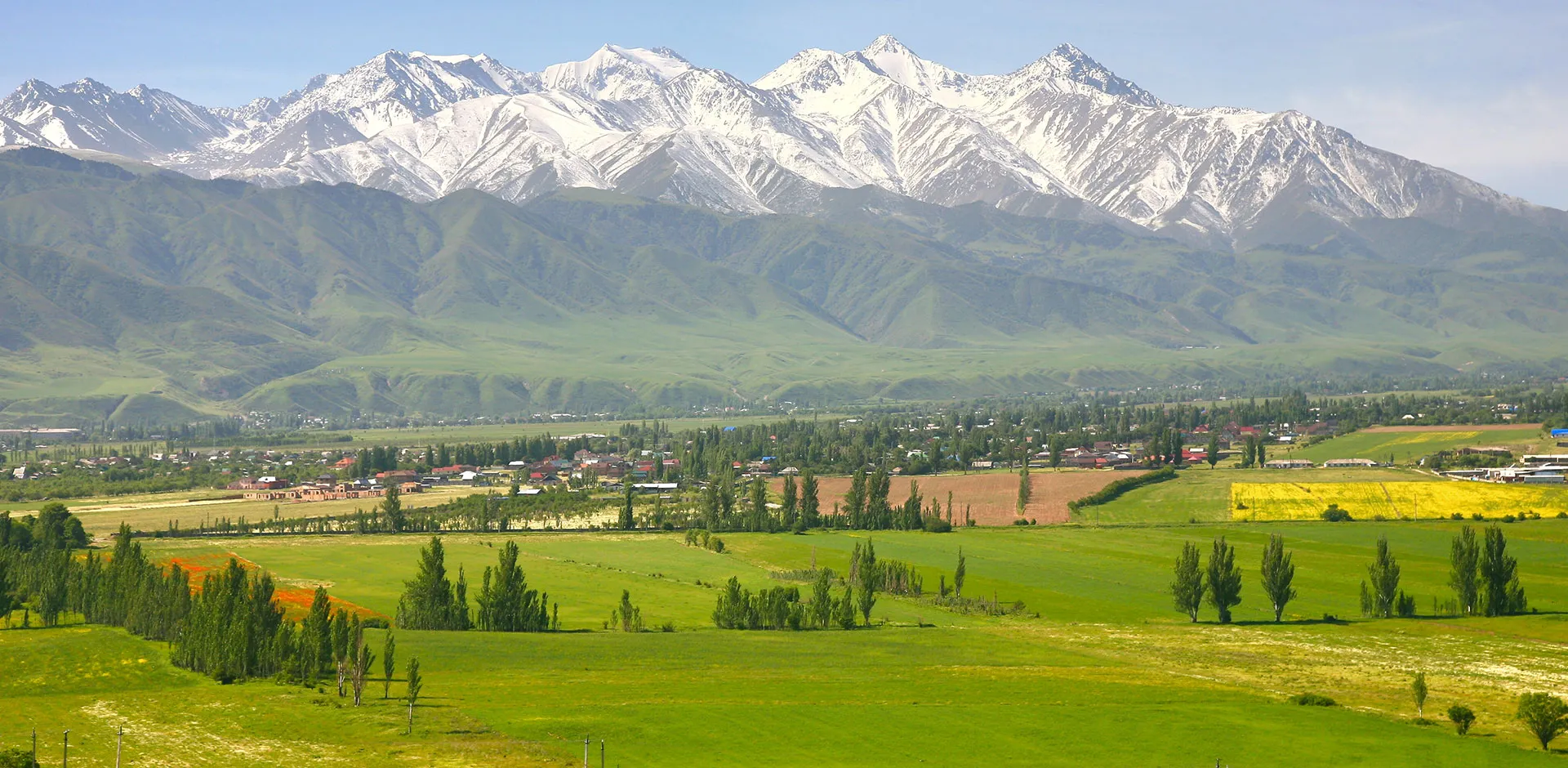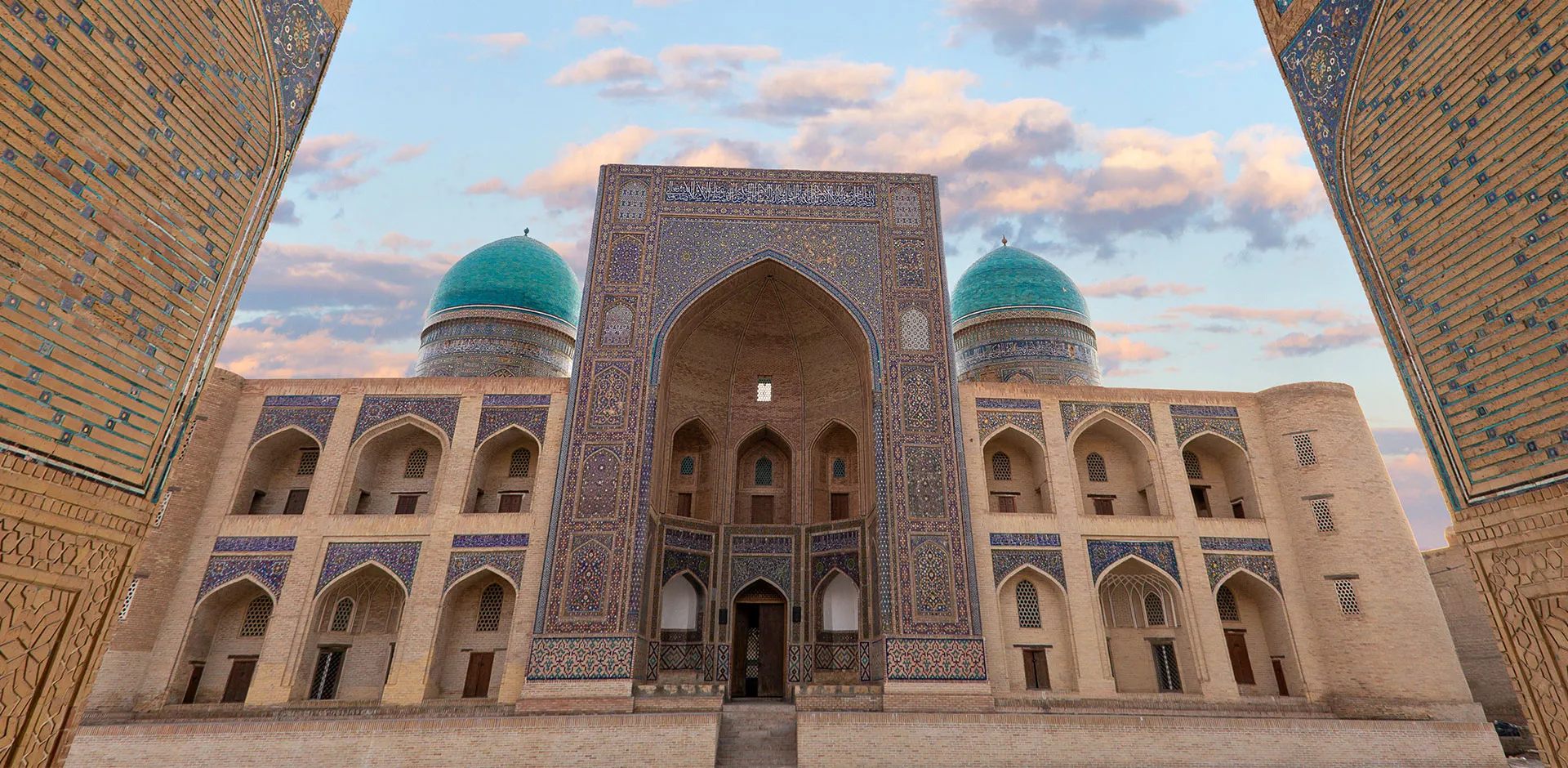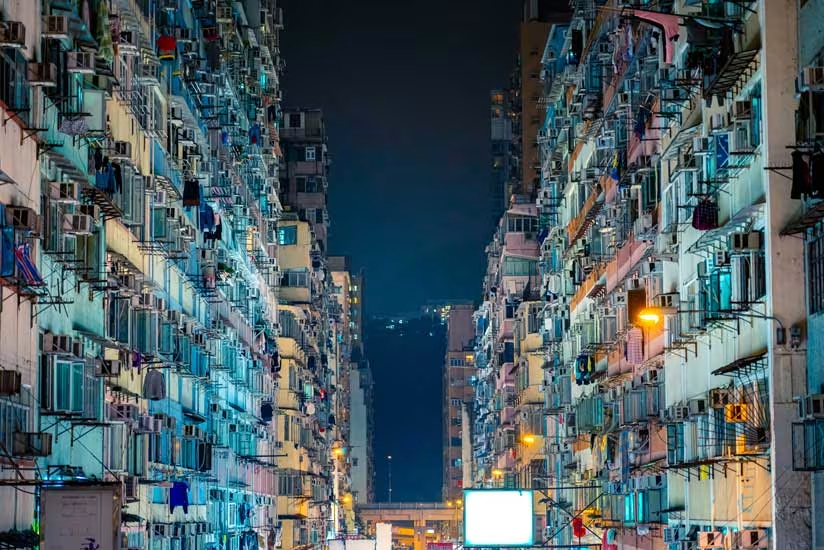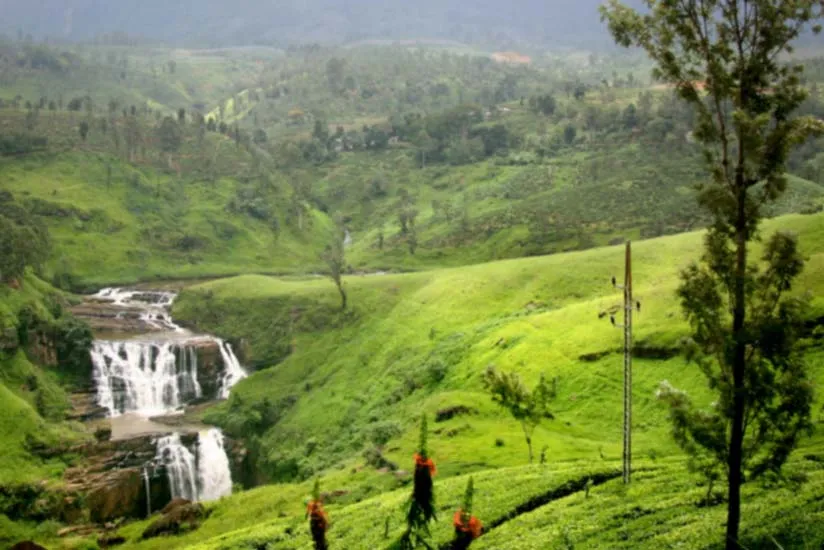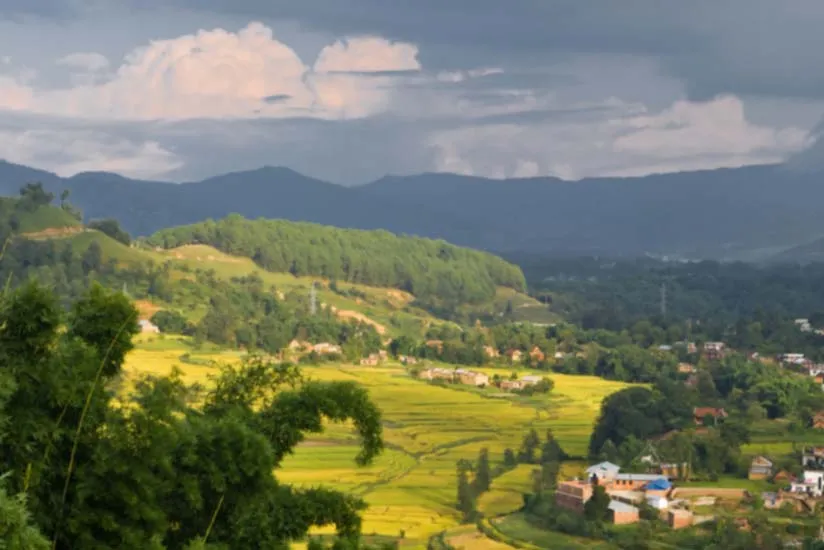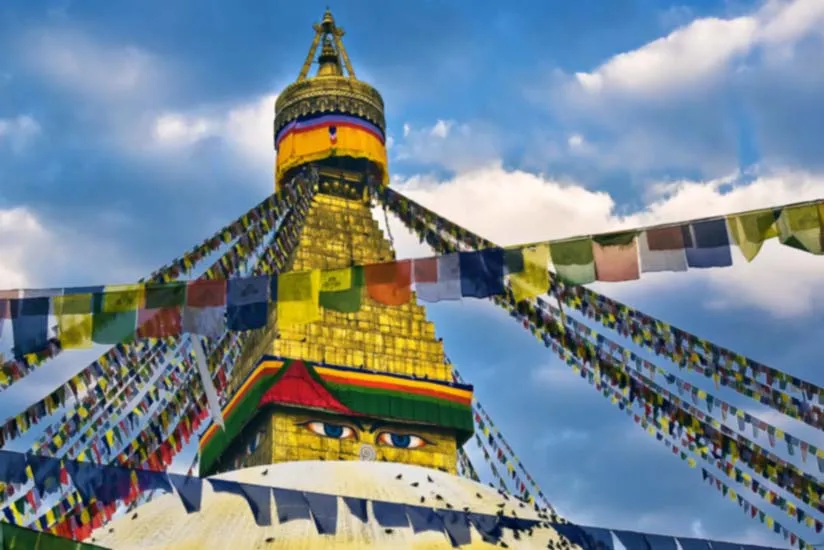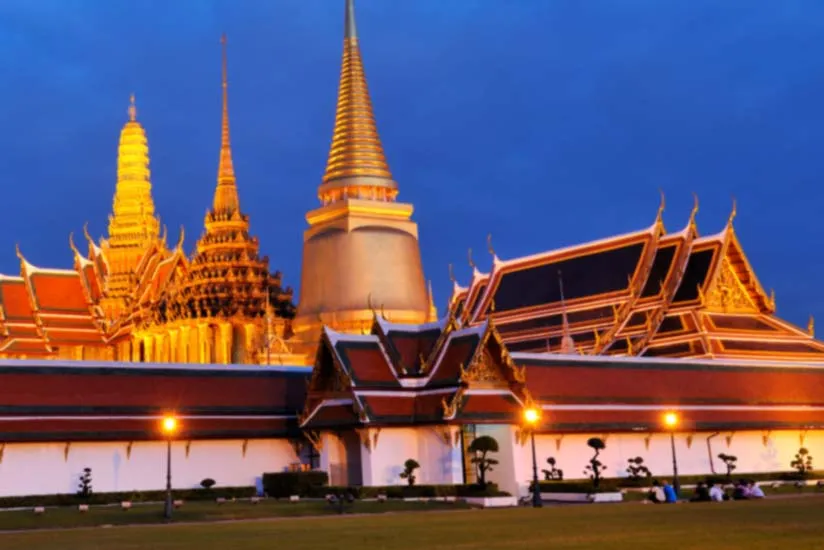Stay
The Opposite House has 98 loft-style guest rooms and one Penthouse. These come in three sizes, ranging between 45 and 95 square metres, with ground to ceiling windows. All the rooms feature a striking open plan, clean and uncluttered design with high ceilings and large windows for plentiful natural light. There is a complimentary mini-bar and wireless internet access, French press coffee and mood lighting system. Bathrooms have a rain shower and deep soaking spa like bathtub.
ChildCare
Children are welcome to stay at The Opposite House, but this is not really a great place for kids as there are no special facilities. Babysitting service can be arranged, on request.
Dine
Boasting three internationally inspired restaurants and one hotel bar and lounge, The Opposite Hotel offers a wide choice of dining options. The award-wining Jing Yaa Tang serves traditional Chinese classics including the famous Beijing roast duck. Sureño, the Spanish/Italian hybrid restaurant has a friendly dining atmosphere. From here, a catwalk takes you through a cascade of fiberoptic lights to Bei, which serves northern Asian cuisine. While the Village Cafe with a family-friendly vibe, offers international favourites.
Relax
There is a luxurious long dark pool which is a work of art, an ultra-modern 22-metre stainless steel swimming pool. Above, there are tiny, pale blue lights that look like stars hanging from a ceiling and goes up to the second floor. The Opposite Hotel has a comprehensive range of gym equipment and to recharge and rejuvenate, you can simply relax in the steam room.
Experience
Once a seedy village, Sanlitun has really achieved a cosmopolitan status in terms of dining options. For those want a change from The Opposite Hotel dining, can try Mosto, known for great value and quality with a service to match. Flamme serves solid steaks, intriguing cocktails and a good wine list. The Sanlitun newcomer Jing-A Taproom is locally recognised as one of the outstanding venues.
Best time to go
Apr-Jun, Sep-Oct
Currency
Chinese Yuan (CNY)
Location The Opposite House is located in the cosmopolitan district of Sanlitun, Beijing’s entertainment destination for shopping and dining. It’s an area which is quickly gentrifying from a string of seedy expat bars into a colossal paradise of shops, excellent restaurants and bars.
Getting There Beijing International Airport is about 19 km northeast of the city centre. Taxis are plentiful and can take you into town from 30 mins to over an hour, depending on traffic. Adventurers can take a 23-min train ride to a fairly central station in Beijing. Unless you are fluent in Mandarin, have the address of your hotel written out in Chinese. If you get lost, ask. Beijingers are friendly and willing to help. Hint: The younger the person is, the more likely he or she is to speak some English.
When to go The best time to visit Beijing is during autumn (September to early November) when the skies are clear and the weather is at its comfortable best. The second-best time is spring; late March to mid-May, when winds blow away the pollution but sometimes bring clouds of scouring sand for a day or two, turning the sky a livid yellow (great for pictures). From May onwards the mercury begins to surge well over 30°C until the rains arrive. The months of July and August are sultry and humid.
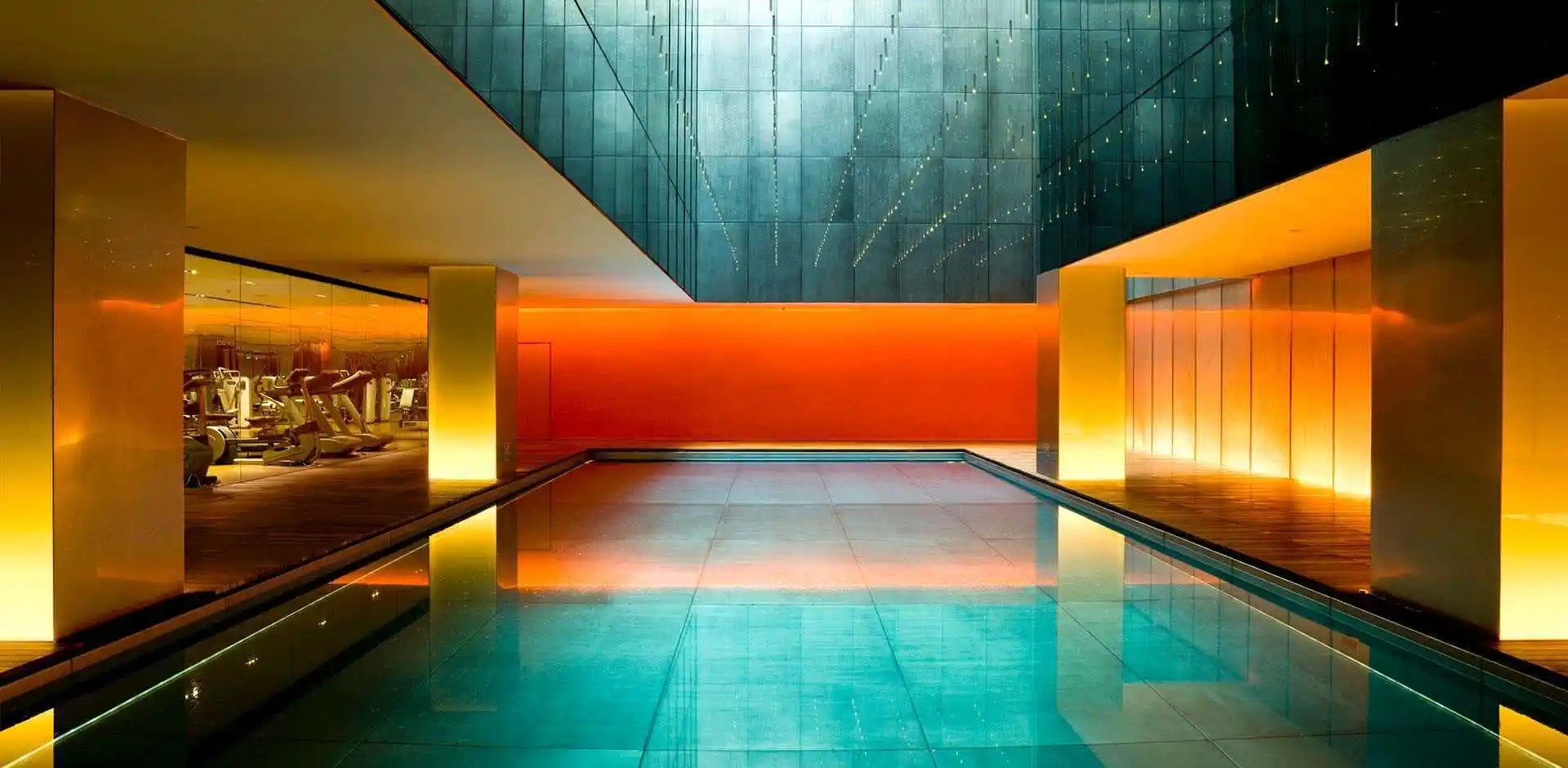
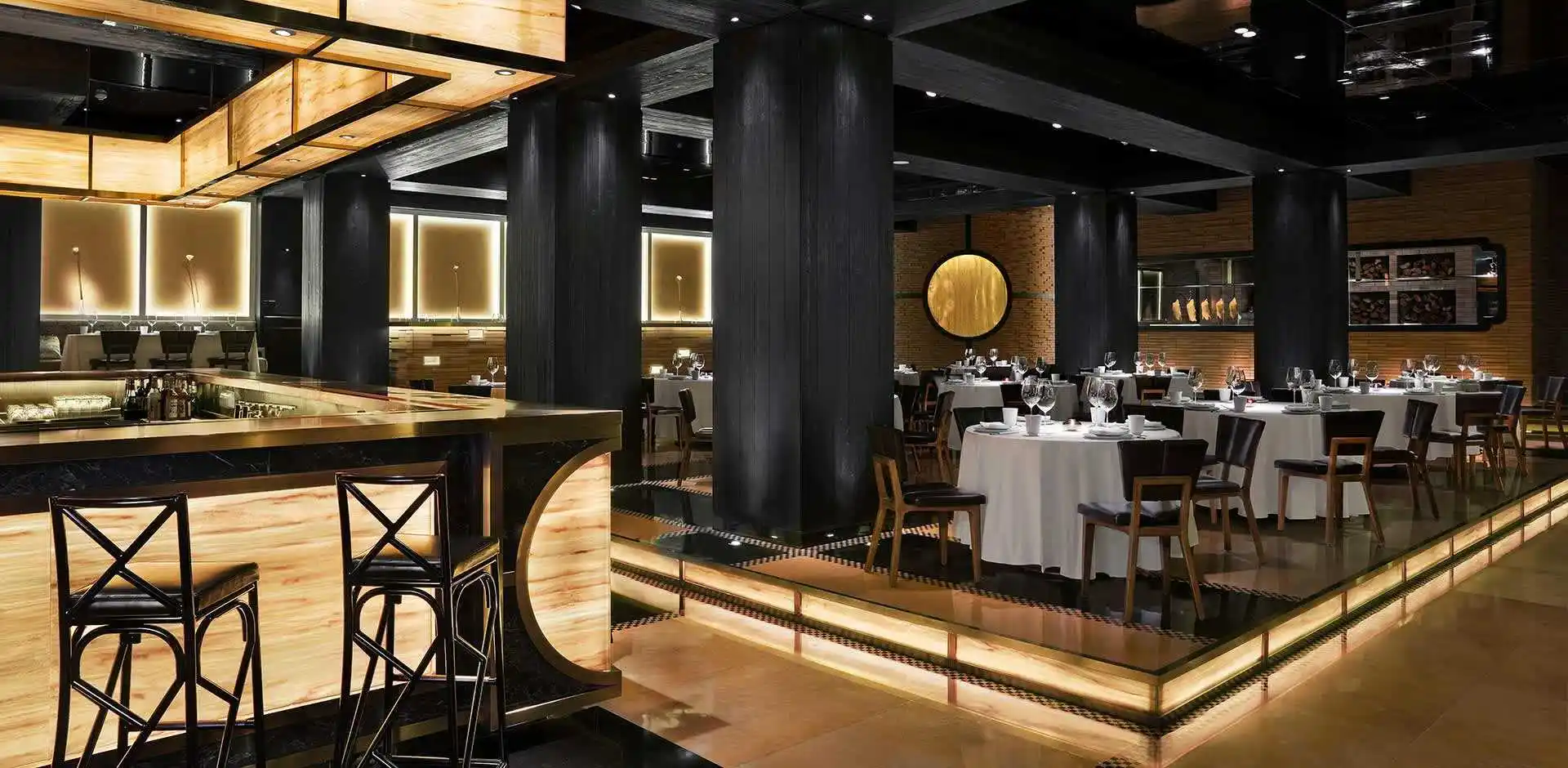
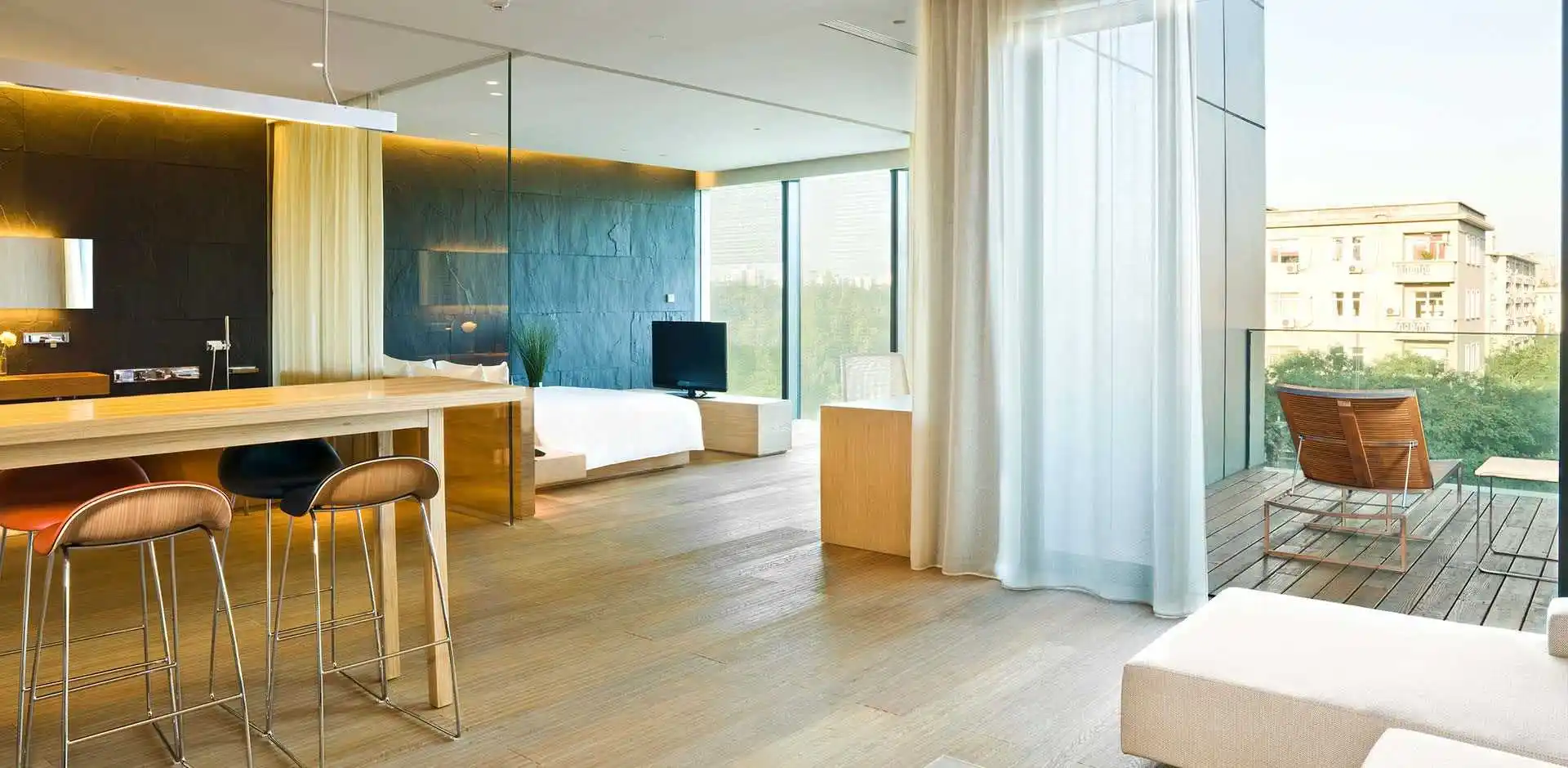
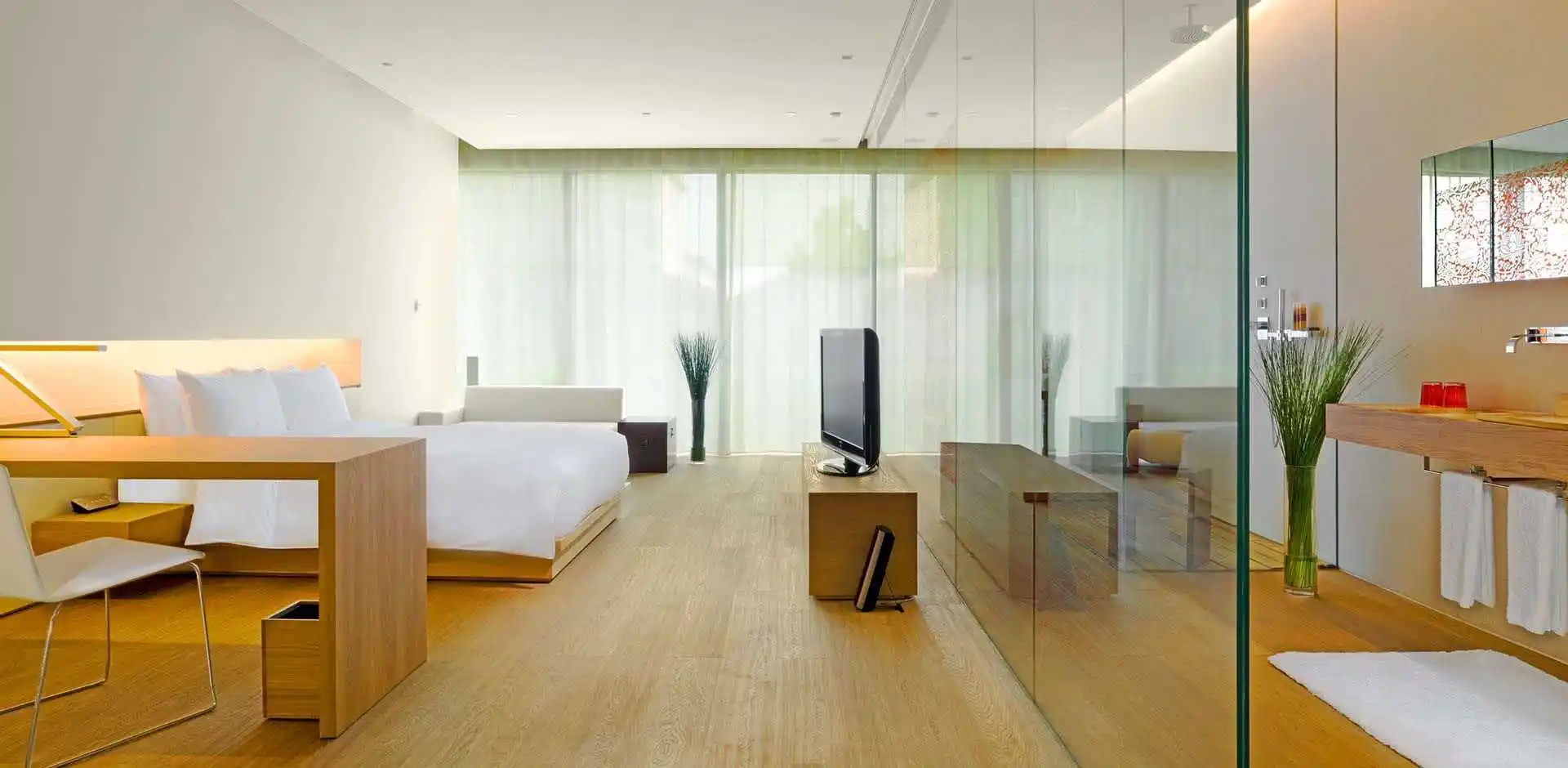
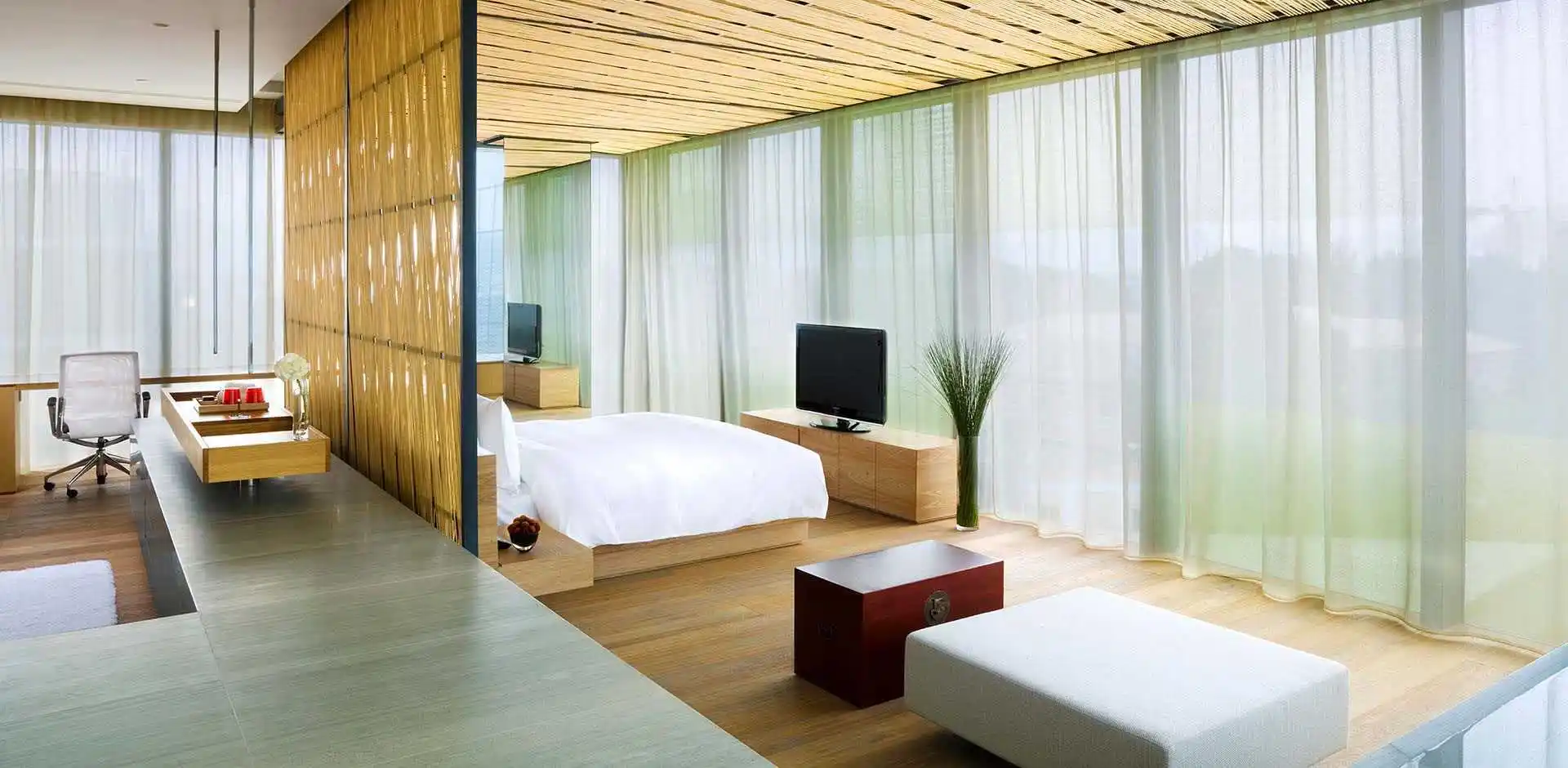




 24hr Room Service
24hr Room Service




